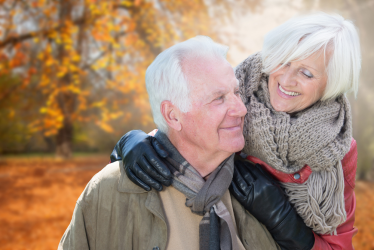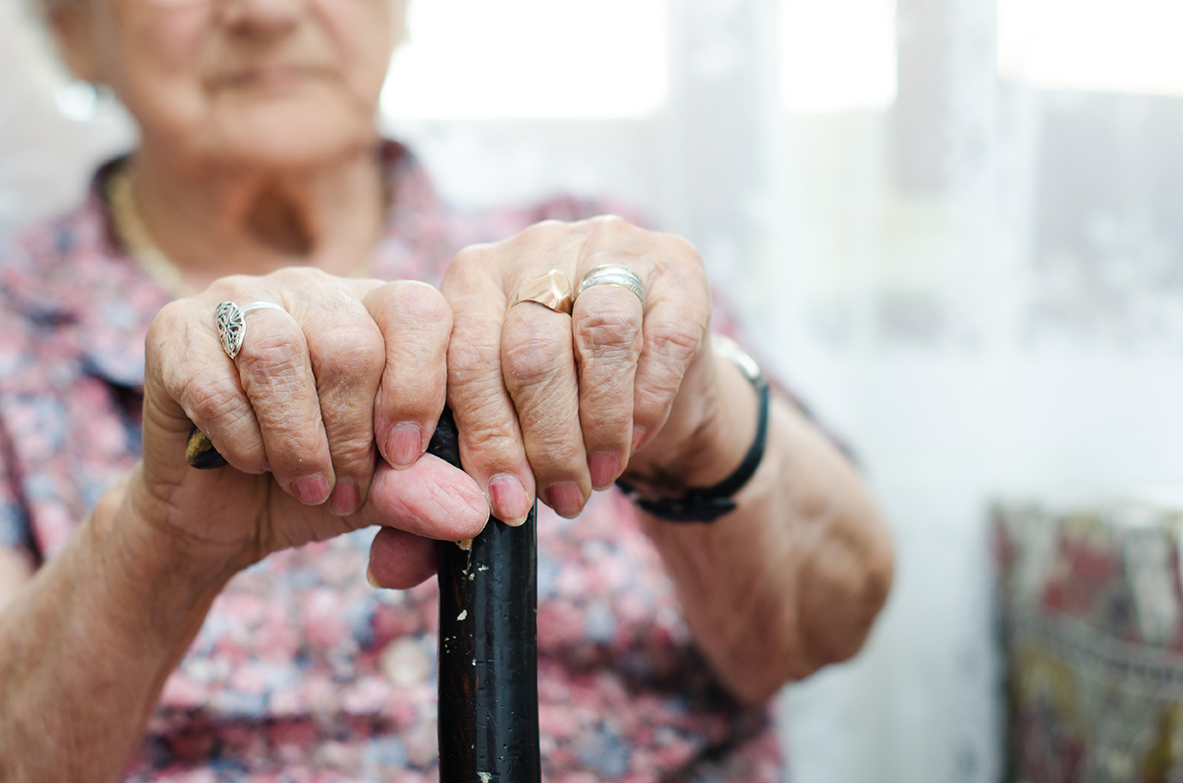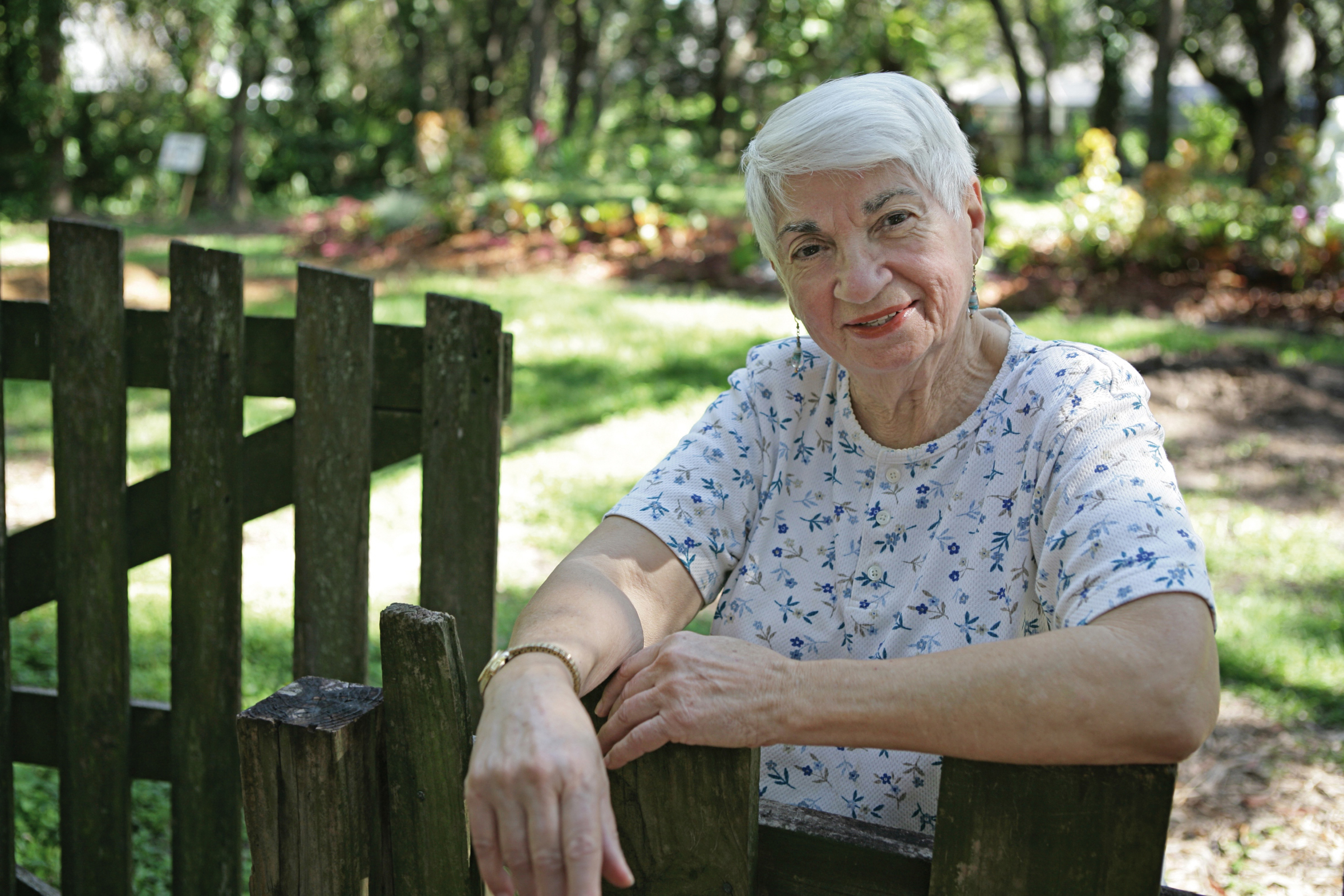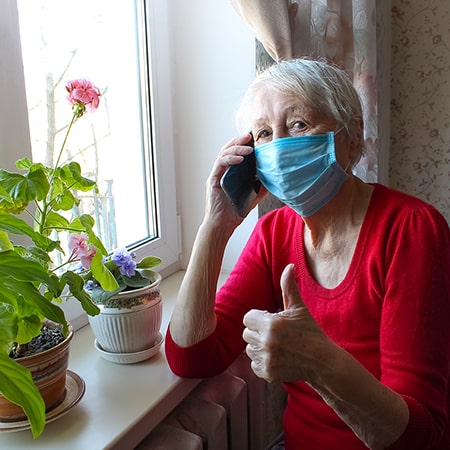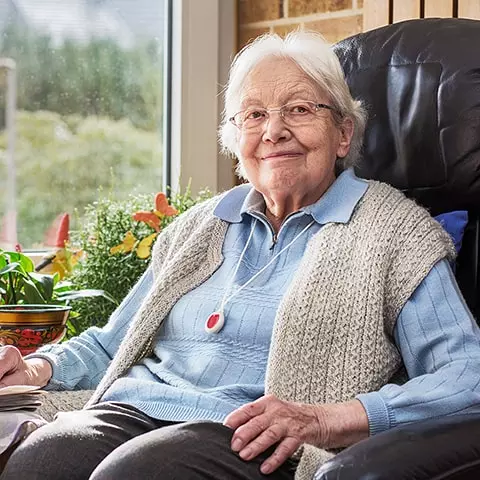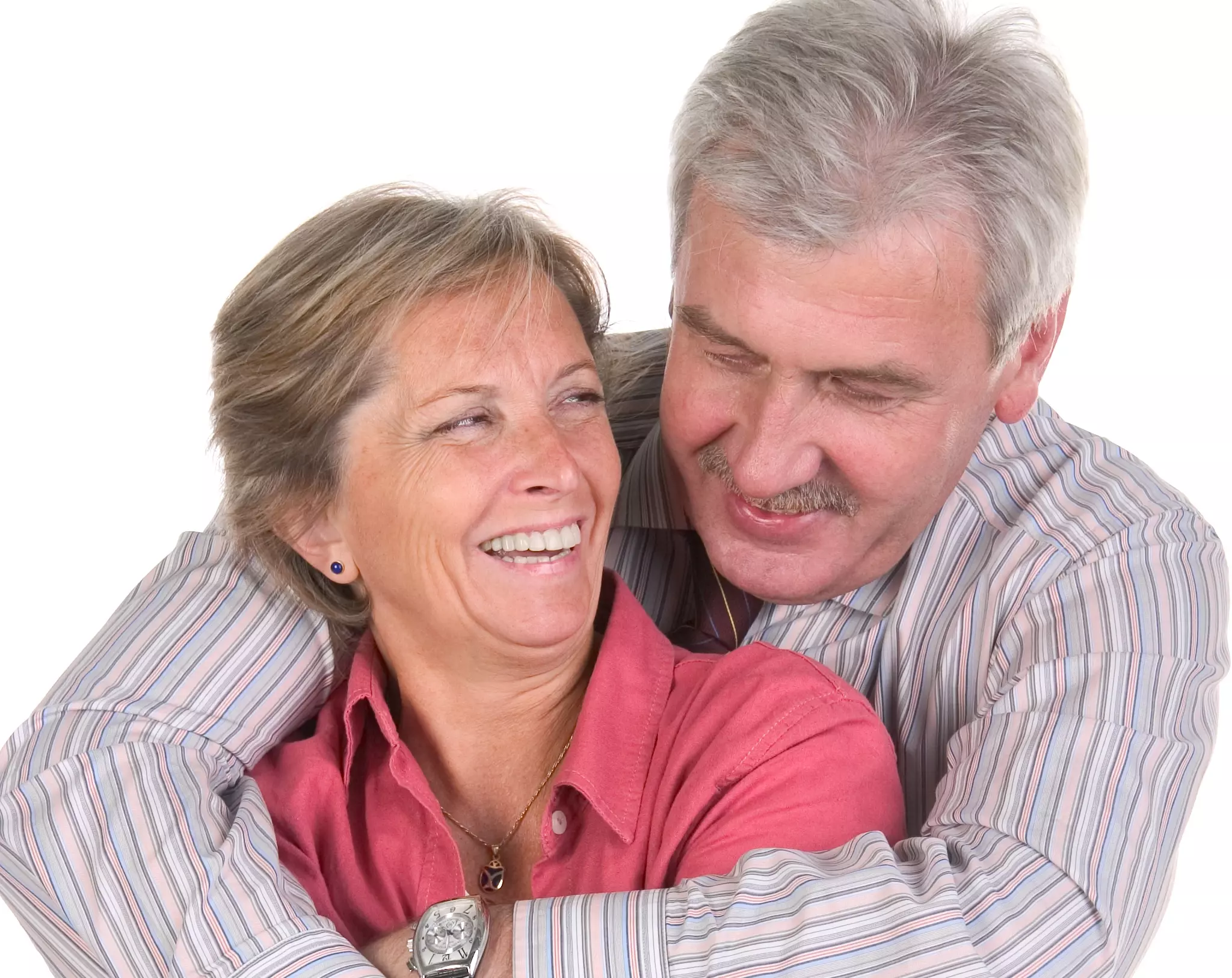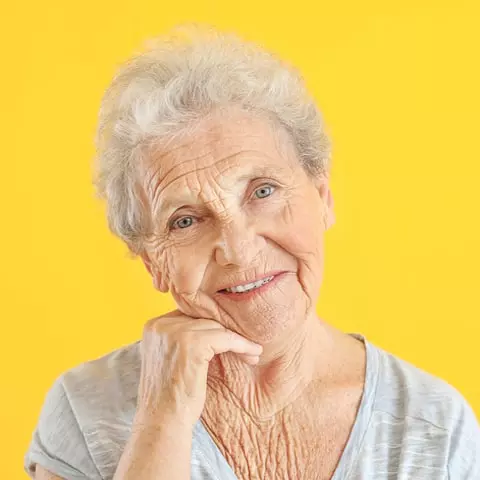
Dementia nursing care has evolved considerably in recent years. Beyond compassionate caregiving and personalised support, technology now plays a central role in enhancing safety, comfort, and independence for residents. Modern tracking and monitoring systems help to prevent falls, reduce wandering risks, and enable staff to respond quickly to changes in health or behaviour — while still prioritising dignity and privacy.
This article explores the main types of technology used in dementia care environments, how they benefit residents and families, and the balance between safety and autonomy.
Why Technology Matters in Dementia Care
Find YOUR ideal care home NOW!
As dementia progresses, individuals may experience disorientation, reduced spatial awareness, communication challenges, and difficulties recognizing risks. Technology assists care teams in addressing these challenges by:
- Detecting movement or behavioural changes early
- Reducing preventable accidents
- Supporting secure mobility in indoor and outdoor spaces
- Providing reassurance to family members
- Allowing staff to deliver proactive rather than reactive care
When used thoughtfully, technology enhances—not replaces—human presence.
Key Technologies Used in Dementia Nursing Care
| Technology | How It Works | Benefits for Residents and Care Teams |
|---|---|---|
| Wandering and Location Tracking Systems | Wearable tags or discreet devices signal when a resident approaches restricted areas. | Reduces risk of unsafe wandering while allowing mobility and independence. |
| Bed and Chair Pressure Sensors | Alerts staff when a resident stands up or is at risk of falling. | Prevents nighttime injuries and supports safe movement. |
| Fall Detection Devices | Motion sensors or wearable monitors detect sudden movements or collapses. | Ensures rapid response in emergencies. |
| Video Monitoring (Non-Invasive) | Used in communal spaces to observe patterns rather than restrict privacy. | Improves safety while respecting dignity. |
| Electronic Health Record Tracking | Care teams record nutrition, medication, movement, behaviour and vital signs digitally. | Supports precise care planning and medical oversight. |
Balancing Safety and Personal Dignity
While technology improves safety, it is essential that it is used sensitively. Over-monitoring can feel restrictive. The best dementia care environments focus on:
- Minimising intrusive devices
- Using technology to support autonomy, not limit it
- Ensuring residents and families understand how and why systems are used
- Maintaining privacy at all times
Emotional well-being remains just as important as physical protection.
Involving Families in the Process
Families often appreciate the reassurance that technology provides. Many homes share updates, activity reports, hydration or nutrition logs, and significant behavioural observations. Open communication helps families remain involved and informed, even when they cannot be physically present daily.
FAQ – Optimised for Search
What types of technology help keep dementia residents safe?
Tracking systems, fall detectors, motion sensors, and secure access controls help prevent accidents and support independence.
Does technology replace human caregiving in dementia care?
No. Technology complements human care by providing early detection and monitoring, while staff continue to provide emotional and personal support.
How is privacy maintained with monitoring systems?
Monitoring is focused on safety rather than surveillance. Privacy is protected by avoiding cameras in personal spaces and using discreet devices.
Can technology help reduce wandering?
Yes. Location tracking and secure-access systems allow residents to move freely in safe areas while reducing risks of leaving the environment unnoticed.
Need help finding a care home?
Senior Home Plus offers free personalized guidance to help you find a care facility that suits your health needs, budget, and preferred location in the UK.
Call us at 0203 608 0055 to get expert assistance today.
Search for Care Homes by Region
| East Midlands | Eastern | Isle of Man |
| London | North East | North West |
| Northern Ireland | Scotland | South East |
| South West | Wales | West Midlands |
| Yorkshire and the Humber |
Share this article :
Latest posts
You are looking for an establishment for your loved one ?
Get availability & prices
Fill in this form and receive
all the essential information
We would like to inform you of the existence of the opposition list for telephone canvassing.
